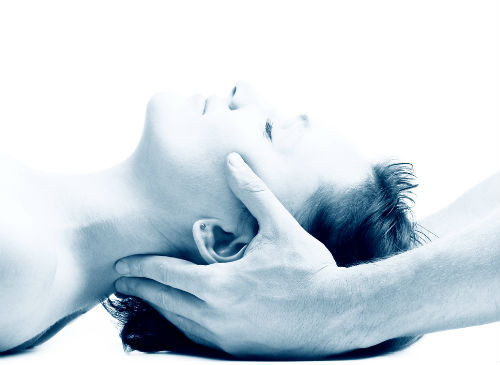At the Maxillofacial Physiotherapy Unit of the Maxillofacial Institute we address and treat pain in the entire Neck and Orofacial region, that is, the area including face, mouth and neck.
Once ruled out the need for a treatment with your otolaryngologist, our Physiotherapy Unit can help you alleviate or fight recurring pains or discomforts related to the maxillofacial area. All the techniques we use are aimed at alleviating pain for the patient, restoring lost function, and eliminating the habits that cause the discomfort in most cases.
Our main fields of action are:
-
- Neck and craniomandibular dysfunction
- Pre-and post-operative rehabilitation following Maxillofacial Surgery
In our multidisciplinary team we have two physiotherapists: Jordi Vázquez and Elena Grifols, both specialized in this field and with more than 15 years of experience exclusively treating this type of problems.









